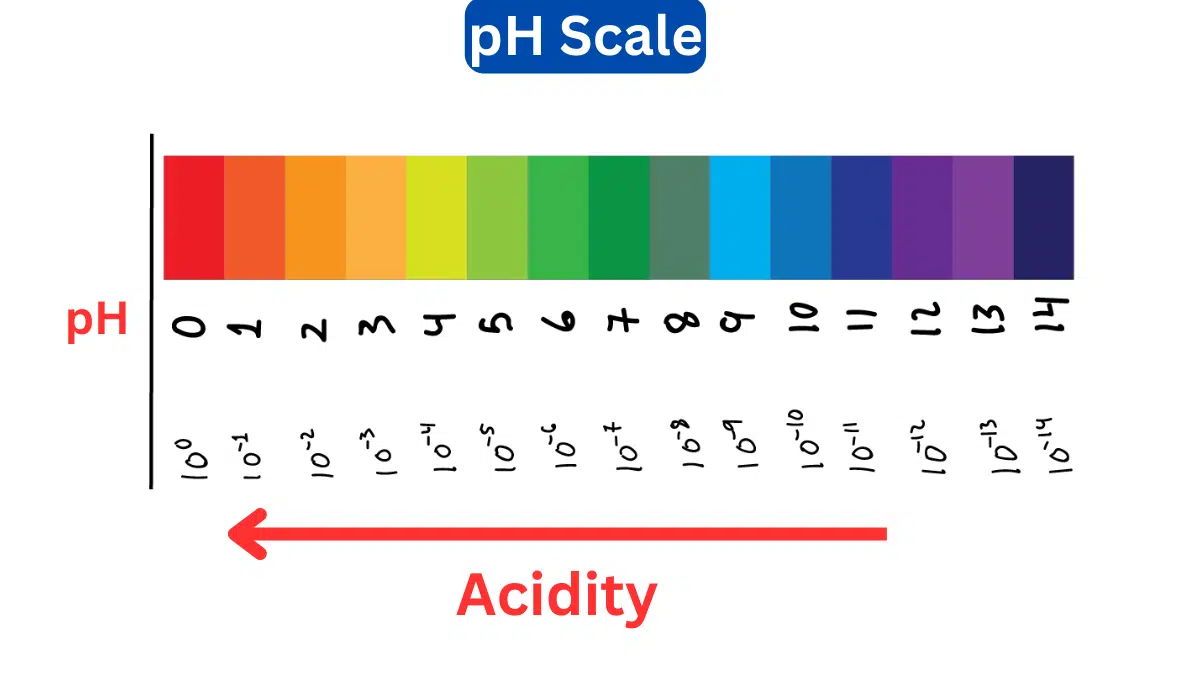Common Ion Effect-Effect on Solubility and Applications
The common ion effect is a phenomenon in chemistry where the presence of a common ion in a solution can significantly alter the ionic strength and affect the equilibrium of a chemical reaction.
What is the Common Ion Effect?
The common-ion effect refers to the shift in chemical equilibrium that occurs when an ion already present in a solution is added to that solution. For example, if you have an acidic solution that contains H+ ions and you add more H+ ions to that solution, the equilibrium will shift to favor the reactants according to Le Chatelier’s principle.
Specifically, in the case of an acid solution, adding more H+ ions will push the equilibrium:
HA ⇌ H+ + A–
to the left, causing more of the acid (HA) to reform and lowering the H+ ion concentration. This reduces the pH of the solution.
Conversely, if you have a basic solution that contains OH– ions and you add more OH– ions, the equilibrium:
MOH ⇌ M+ + OH–
will be pushed to the left. This causes more of the base (MOH) to reform and lowers the OH– ion concentration, increasing the pH.
How does the common ion effect Influence pH?
The common-ion effect has important implications for the pH of solutions. Adding an ion already present drives the equilibrium to favor the reactants, thus:
- Adding H+ to an acidic solution reduces the H+ ion concentration and decreases the pH.
- Adding OH– to a basic solution reduces the OH– ion concentration and increases the pH.
The degree to which the pH changes depends on the relative concentrations of the added ion and the ion already present. The higher the concentration of the common ion, the more the equilibrium will be pushed to the left, and the greater the pH change.
Examples of the Common Ion Effect
Here are some examples of the common ion effect in action:
- Adding HCl to an acetic acid solution – adding more H+ pushes the equilibrium towards the undissociated CH3COOH, reducing the H+ concentration and pH.
- Adding NaOH to an NH3 solution – adding more OH– pushes the equilibrium towards the undissociated NH3, reducing the OH– concentration and increasing the pH.
- Mixing solutions of two acids HCl and CH3COOH– both provide H+, so there are more H+ ions present, favoring the reactants and decreasing the pH.
- Mixing solutions of two bases like NaOH and Ba(OH)2 – both provide OH–, favoring the reactants and increasing the pH.
Effect on Solubility
The common-ion effect can also impact the solubility of ionic compounds. According to Le Chatelier’s principle, when an ion already present in an equilibrium is added, the equilibrium will shift to favor the reactants.
For solubility equilibria, this means that adding an ion already present in the solution forces the equilibrium to shift left, causing some of the dissolved compound to precipitate out of the solution.
For example:
AgCl(s) ⇌ Ag+(aq) + Cl–(aq)
If more Cl- ions are added to this system, the equilibrium will shift to the left, causing solid AgCl to reform and lower its solubility.
The common-ion effect reduces the solubility of ionic compounds when the ion already present comes from:
- The compound itself (e.g. adding more AgCl to the solution)
- A strong electrolyte containing one of the ions (e.g. adding NaCl)
- A weak acid or base that contributes the ion (e.g. adding HCl)
Understanding this effect allows chemists to control the solubility of reagents by adding an appropriate common ion. This is very useful for precipitating compounds out of solution.
Applications of the common ion effect
Here are some important applications of the common-ion effect:
- Controlling precipitation – Adding a common ion can be used to purposefully precipitate a compound out of solution, like during gravity filtration. This is useful for purifying compounds.
- Adjusting solubility – The solubility of some ionic compounds can be decreased by adding an appropriate common ion. This allows concentration and recovery of the precipitate.
- Buffer solutions – Buffer solutions resist pH changes through the common-ion effect. Adding acid or base causes the equilibrium to shift and replenish the consumed ion.
- Titrations – During an acid-base titration, the pH changes very little until the equivalence point because of the common-ion effect. The added titrant provides the common ion.
- Ion-exchange chromatography – In this technique, the retention of sample compounds depends on the common-ion effect. Compounds elute when a solution containing a common ion is added.
- Wastewater treatment – Precipitation of metallic ions as hydroxides or carbonates relies on the common-ion effect to reduce their solubility. This removes toxic metals.
- Antacids – Antacids provide hydroxide or carbonate ions to cause precipitation of stomach acid through the common-ion effect, reducing acidity.
- Hard water softening – Hardness ions like Ca2+ are removed from water by adding their common ion as a precipitating agent.
By understanding these applications, chemists can take advantage of the common-ion effect in many areas of chemistry research and industry. Overall, it is a vitally important concept.





Leave a Reply